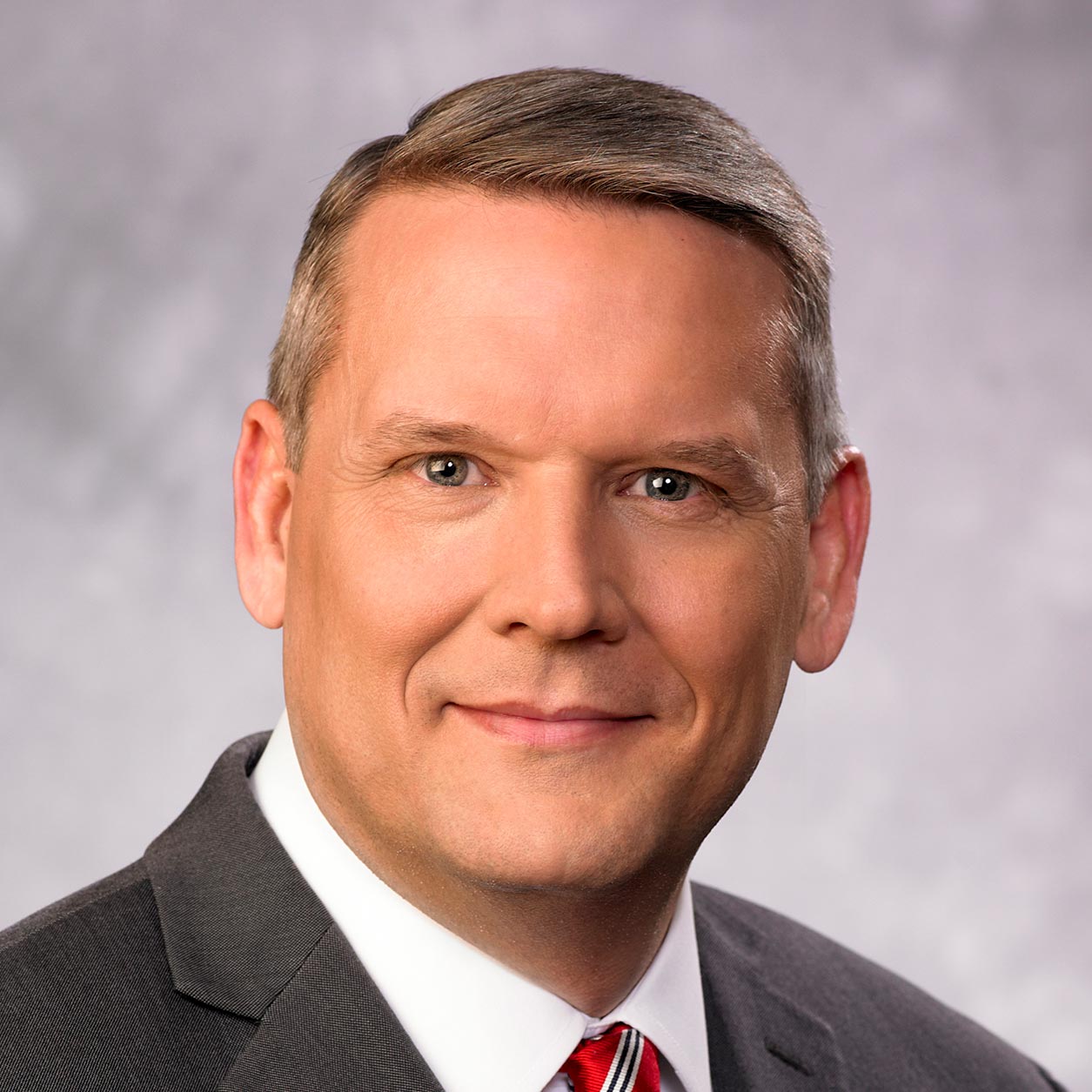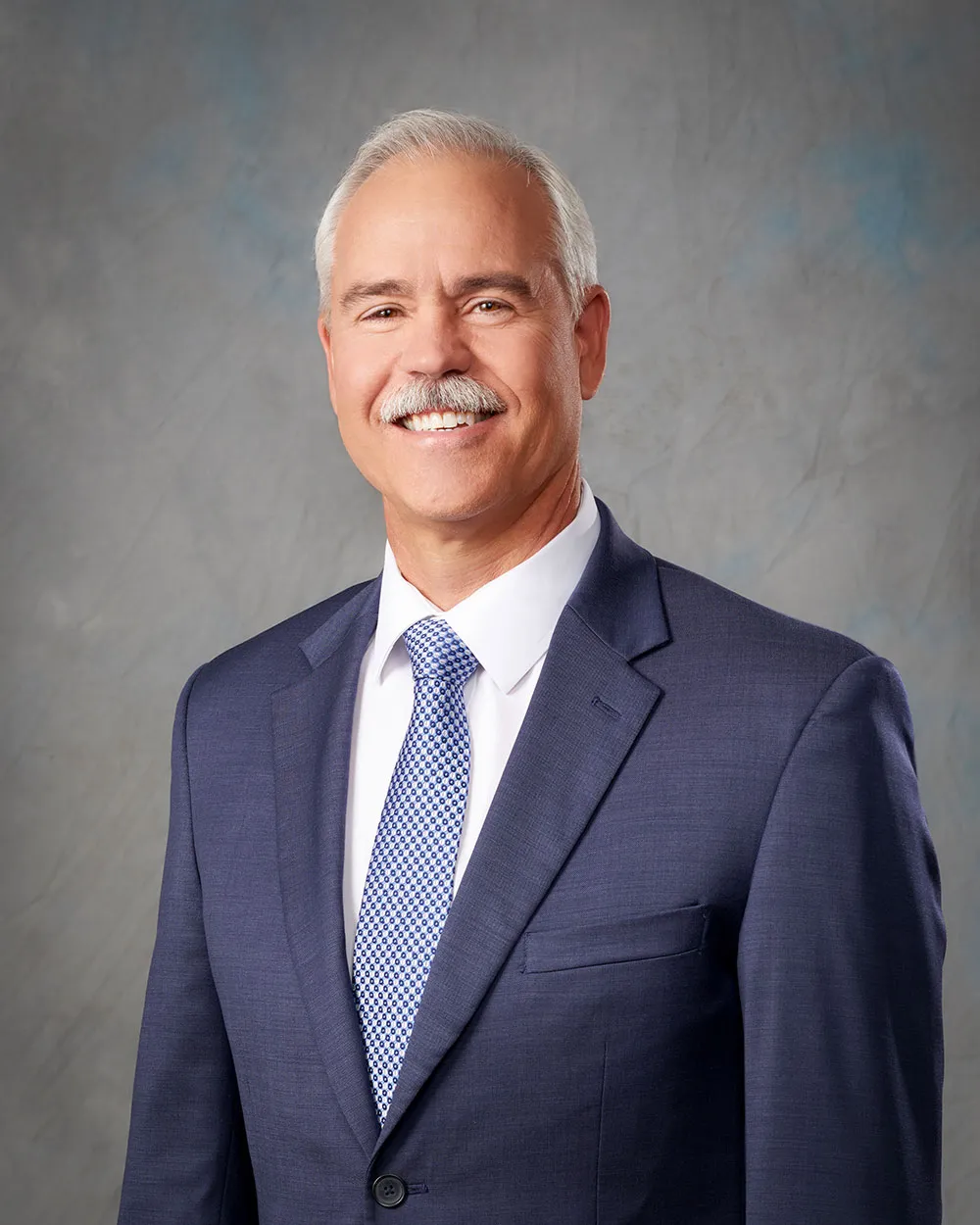Southern Nevada Water Authority
Paul Johnson, Chief Financial Officer
Las Vegas Valley Water District Investor Relations
Las Vegas Valley Water District Investor Relations
Learn about Las Vegas Valley Water District Investor Relations including our News & Press Releases, Projects, and Team.
Have questions? Reach out to us directly.
Learn about Las Vegas Valley Water District Investor Relations including our News & Press Releases, Projects, and Team.
The Las Vegas Valley Water District (LVVWD) is a not-for-profit government water supply agency that has been providing water to the Las Vegas Valley since 1954. The Water District helped build Southern Nevada’s water delivery system and now provides water to 1.4 million people.
The Water District service area includes the City of Las Vegas; unincorporated areas of Clark County, where the resort corridor of the famous Las Vegas Strip is located; and the rural communities of Kyle Canyon, Blue Diamond, Searchlight, and Jean. The Water District also manages the Big Bend Water District in Laughlin, Nevada.
The Water District delivers water to more than 375,000 homes and businesses via extensive water infrastructure that spans more than 300 square miles including:
The Water District also is responsible for the day-to-day management of the Southern Nevada Water Authority (SNWA).
Additionally, the Water District owns and operates the Las Vegas Springs Preserve, where underground springs bubbled to the surface to provide the city’s original source of water. The Springs Preserve is now a cultural resource center focused on natural resource conservation and sustainable living in a desert environment. The 180-acre facility features museums, galleries, special events, trails, and diverse botanical gardens.
The Water District is governed by a seven-member Board of Directors; the board members are the publicly elected Clark County Commissioners and serve four-year terms. The board has the sole power to set rates and charges for the Water District's services. Water rates are regulated by law and can cover only the costs of water delivery and the maintenance and building of facilities. Water use is billed at different rates depending on the amount of water used. The tiered rate structure increases rates for higher water use to encourage conservation and responsible water use.
On June 24, 2025, the Las Vegas Valley Water District issued its Water Improvement Bonds, Series 2025A in the amount of $394,430,000 in denominations of $5,000. These general obligation (limited tax) bonds are additionally secured by pledged revenues of the Southern Nevada Water Authority (SNWA). Proceeds will be used to finance the acquisition and/or construction of water infrastructure improvement projects of the SNWA and to pay the costs of issuing the 2025A bonds. This was a negotiated deal. The senior manager was BofA Securities. The comanagers were Academy Securities; Morgan Stanley; Ramirez & Co., Inc.; and Wells Fargo Securities. The series 2025A bonds are comprised of serial and term bonds maturing annually on June 1 between 2029 and 2055. Interest will be paid semiannually on June 1 and December 1. The coupon rate is 5.00% for all maturities of the serial bonds and 5.25% for the term bonds. We thank the investors and other participants that made this deal possible.
Las Vegas Valley Water District and Southern Nevada Water Authority have selected a pool of five underwriters for its next new money bond issuance.
Firms Selcted:
Maximum par not to exceed $415,000,000*. This negotiated bond sale is projected to close in May to August 2025. Bond proceeds will be used to fund projects in the Southern Nevada Water Authority's Major Construction and Capital Plan. These bonds will be a general obligation of the Las Vegas Valley Water Disctrict and additionally secured by Southern Nevada Water Authority pledged revenues.
*Subject to change
New York, March 15, 2017 -- Summary Rating Rationale
Moody's Investors Service has affirmed the P-1 ratings of Las Vegas Valley Water District, NV General Obligation (Limited Tax) Water Commercial Paper Notes (SNWA Revenue Supported), Series 2004A and Series 2004B (collectively, the Notes). The ratings are being affirmed in conjunction with the upcoming replacements of the existing credit agreements with the substitute (i) standby letter of credit provided by Sumitomo Mitsui Banking Corporation for Series 2004A and (ii) credit agreement provided by U.S. Bank, N.A. for Series 2004B (collectively, the Liquidity Facilities). Upon the effective date of the substitute Liquidity Facilities, scheduled for April 4, 2017, the P-1 ratings will be derived from the credit quality of each Liquidity Facility provider and Moody's assessment of the likelihood of an early termination of the applicable liquidity facility without payment of the Notes. Events that would cause termination of the Liquidity Facilities without payment of the Notes are directly related to the credit quality of the general obligation pledge of the Las Vegas Valley Water District (the District). The District's long-term rating is Aa1. The Notes are also supported by a lien on the pledged revenues of the Southern Nevada Water Authority (SNWA). SNWA is not rated by Moody's. Moody's current short-term counterparty risk assessment of Sumitomo Mitsui Banking Corporation and U.S. Bank, N.A. (collectively, the Banks) is P-1(cr).




Have questions? Reach out to us directly.